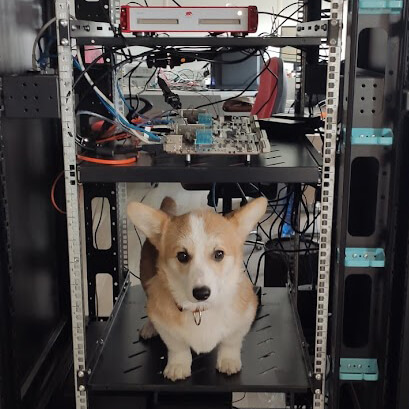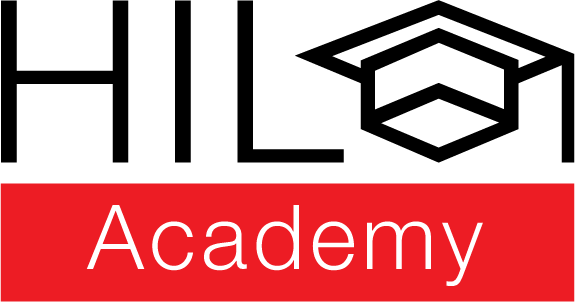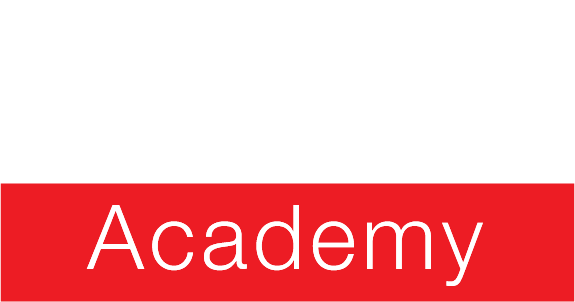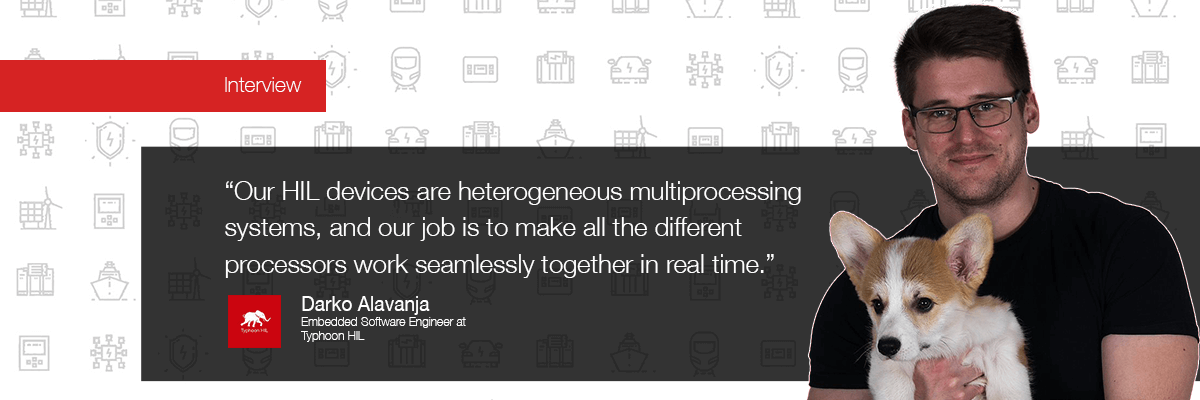Meet Darko, Embedded Software Engineer at Typhoon HIL. Darko graduated the Faculty of Technical Sciences, University of Novi Sad and completed his Bachelors and Masters in Mechatronics. He has always been passionate about robotics.
“Coincidentally, the skills needed for robotics are highly related to Embedded Software, so that’s what I focused on,” Darko pointed out.
We had a short interview with Darko, where he answered 7 questions about working as an Embedded Software Engineer at Typhoon HIL, starting with what does an embedded software engineer actually do.
“In Typhoon HIL, Embedded Software engineer tasks are widespread. We cover several areas from FPGA/Digital design towards bare metal software development and Linux customization (drivers, OS integration, etc.). Our HIL devices are heterogeneous multiprocessing systems, and our job is to make all the different processors work seamlessly together in real time.”
What is the most interesting part of your work?
There are many, but I especially like board bring up and getting to know new platforms. It’s always interesting learning how the platform is put together, what peripherals are available, how to use them, etc.
What makes an embedded software engineer in Typhoon HIL different from ESW engineers at other companies?
I would say that main difference is that we focus on building a flexible embedded platform and infrastructure for our users that still has to perform with real-time constraints. Usually, Embedded Software developers elsewhere are more focused on writing applications specifically for a particular hardware or task at hand.
What do you see as the most challenging aspect of this job?
Definitely the most challenging part is getting all the processors to work together seamlessly. It’s challenging to manage shared resources between them in way that they minimally impact each other.
Thinking back to people you’ve seen do this work previously, what differentiated the good ones from the exceptional ones?
As with many other industries, focusing on understanding the concepts instead of focusing on tech stacks, specific tools, and fancy code is what makes the exceptional engineers stand out.
How many people are on the team currently and how would you describe the team's dynamic?
At the moment we have 7 members, 8 if you include Alfi. We are usually independent inside our team but often we’re working with other teams. Of course, we always communicate and offer help to each other so we can learn and solve problems faster.
Can you tell me more about Alfi and his role in the Embedded Software Team?
Alfi is our office dog, and an essential part of the team. Alfi offers solutions whenever we have a problem and he only asks for pets and some treats.




Responses